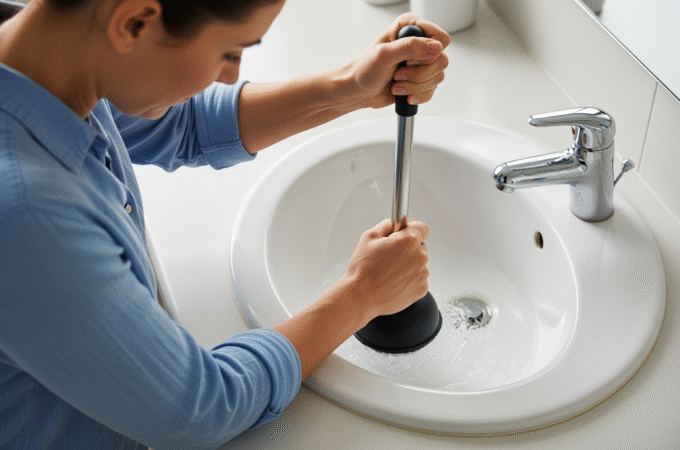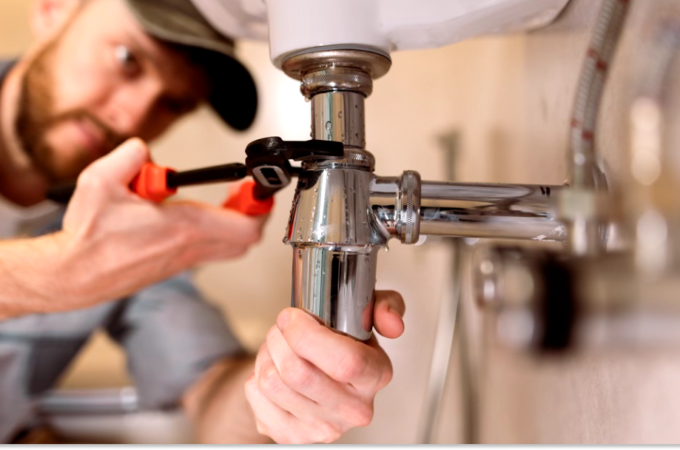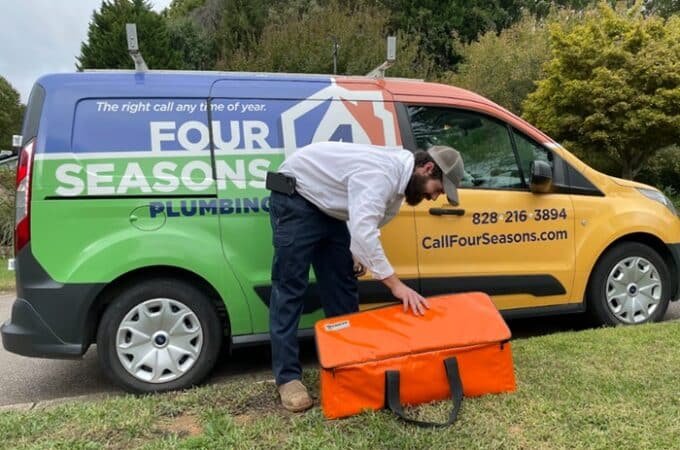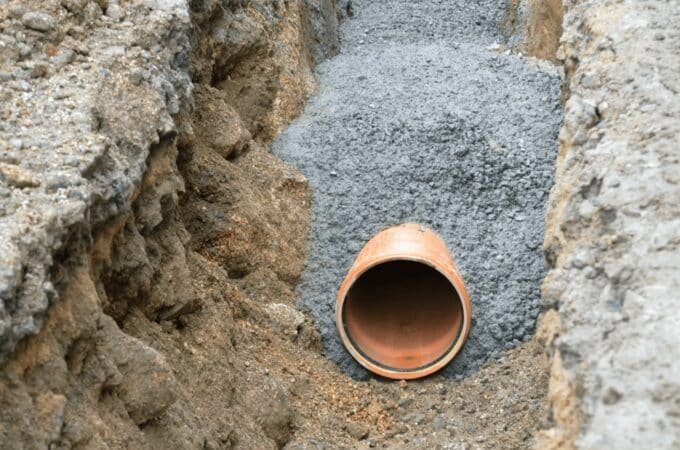
What causes low water pressure in residential flush plumbers systems?
Low water pressure in residential flush plumbing systems might be caused by anything from blockages to complex infrastructure problems. These causes’ help homeowners identify when professional intervention becomes necessary versus situations they might address independently. Proper diagnosis requires a systematic evaluation of multiple potential factors that could affect water flow throughout the entire plumbing network. When persistent low water pressure affects multiple fixtures or seems related to complex system issues, consulting Master Flush Plumbers ensures accurate diagnosis and appropriate solutions. Professional evaluation can distinguish between minor maintenance issues and serious problems requiring immediate attention to prevent further damage or system failure.
Table of Contents
ToggleCommon blockage sources
Multiple types of blockages can restrict water flow throughout residential plumbing systems, creating pressure reduction that affects entire homes or specific fixture areas.
- Mineral buildup from hard water deposits accumulates inside pipes and fixture connections over time
- Sediment accumulation in water heaters reduces system efficiency and creates flow restrictions
- Corroded pipe interiors develop rough surfaces that impede smooth water movement
- Foreign objects lodged in pipes or fixture connections block normal water flow paths
- Tree root intrusion into underground pipes creates partial or complete flow obstructions
- Frozen pipe sections during the winter months temporarily block water movement until thawing occurs
These blockage sources often develop gradually, making pressure reduction barely noticeable until restrictions become severe enough to impact daily activities and fixture performance.
Municipal supply variations
City water supply systems experience pressure fluctuations based on demand patterns, infrastructure maintenance, and seasonal usage changes that directly affect residential pressure levels. Peak usage periods during morning and evening hours often reduce available pressure when multiple homes draw water simultaneously from shared supply lines. Municipal infrastructure ageing can create systemwide pressure reductions as pipes deteriorate and pumping stations require maintenance or replacement.
Water treatment facility operations also influence pressure consistency, particularly during maintenance periods or equipment upgrades that temporarily reduce system capacity. Geographic elevation relative to water treatment facilities affects natural pressure availability, with higher elevations receiving lower pressure due to gravity limitations. Homes located at the end of supply lines often experience pressure variations before properties closer to main distribution points.
Internal pipe deterioration
Ageing plumbing infrastructure within homes gradually loses efficiency as pipes corrode, scale builds up, and joints deteriorate over decades of use. Galvanized steel pipes particularly suffer from internal corrosion that progressively narrows the available flow area, creating pressure drops throughout affected sections. Copper pipes can develop pinhole leaks that reduce system pressure while creating hidden water damage behind walls or under foundations. These small leaks often go undetected for extended periods while gradually worsening pressure problems and potentially causing structural damage. Joint connections between pipe sections can loosen over time due to thermal expansion, settling, or material fatigue, creating pressure losses at multiple points throughout the system. These connection issues require professional evaluation to be identified and repaired properly.
Fixture-specific restrictions
Individual fixtures develop their own pressure problems through worn components, improper installation, or inadequate sizing for their intended applications. Faucet aerators become clogged with mineral deposits that reduce flow even when system pressure remains normal throughout the rest of the home. Toilet fill valves can malfunction or become partially blocked, affecting flush performance while creating the impression of system wide pressure problems. Showerheads accumulate mineral buildup that reduces flow rates despite adequate pressure at the connection point.






